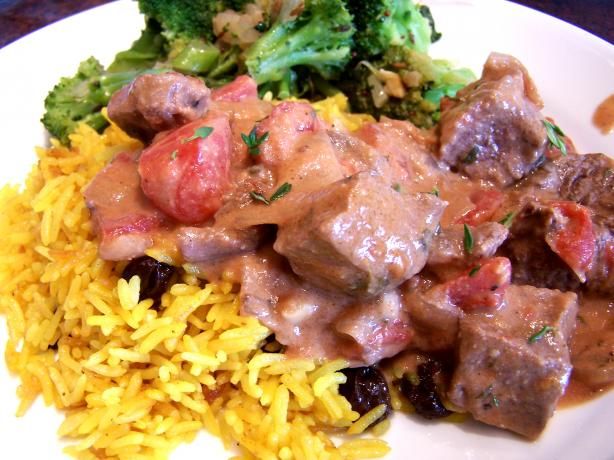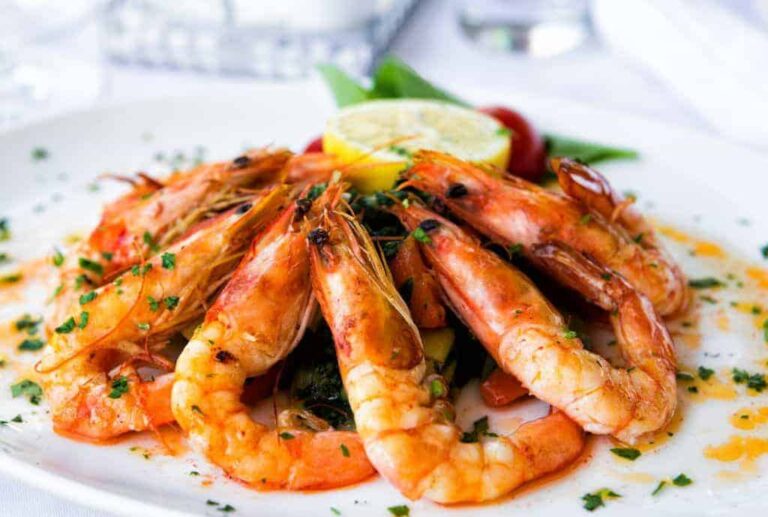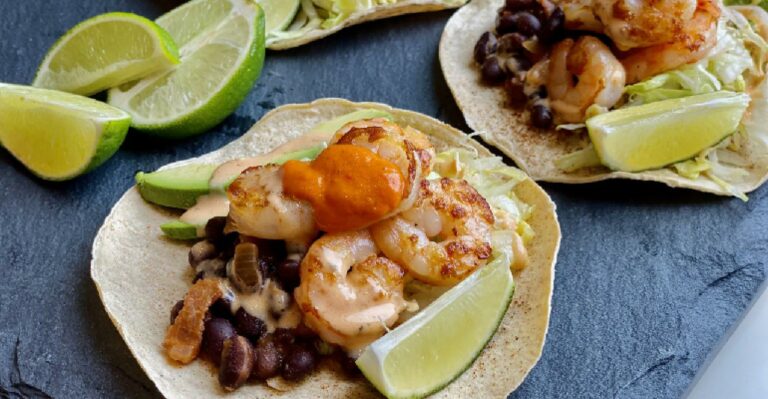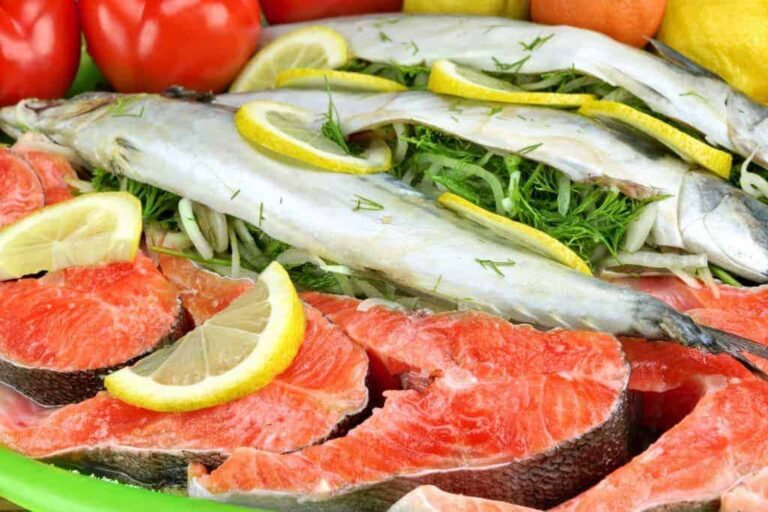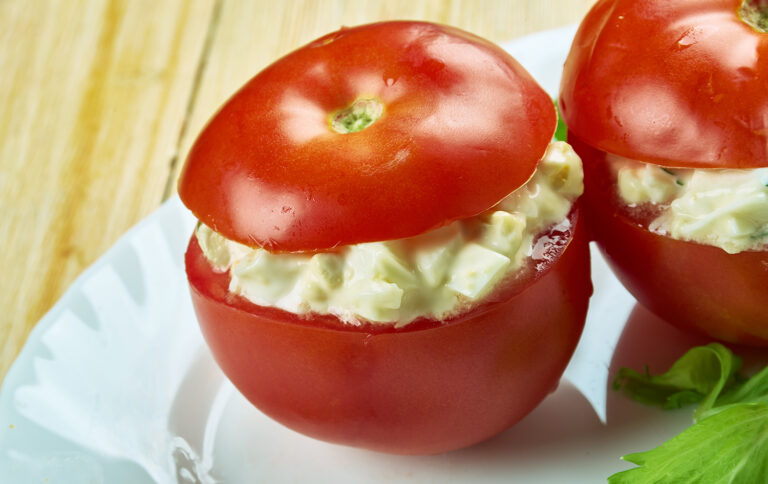Introduction: Understanding Pepián in Guatemalan Cuisine
Pepián is a traditional Guatemalan dish that represents the fusion of indigenous and Spanish influences in the country’s culinary history. The dish is a rich and flavorful stew made from a blend of ground spices, vegetables, and meat, often chicken or beef. Pepián is widely recognized as one of the most popular and significant dishes in Guatemalan cuisine, representing the country’s cultural heritage and identity.
The History of Pepián: Tracing Its Roots to Pre-Columbian Times
Pepián has a long and fascinating history that dates back to pre-Columbian times. It is believed that the dish was first created by the Maya people, who lived in the region that is now Guatemala, and that it was later adapted and influenced by Spanish colonizers. In the early days, Pepián was made with the native ingredients that were available, such as chilies, tomatoes, and sesame seeds. Over time, the dish evolved, and new ingredients were added, such as garlic, onions, and meat.
The Ingredients of Pepián: A Blend of Indigenous and Spanish Flavors
The ingredients of Pepián are a testament to the dish’s unique blend of indigenous and Spanish influences. The dish typically includes a variety of spices, including cumin, coriander, and achiote, as well as vegetables such as tomatoes, onions, and garlic. One of the signature ingredients of Pepián is sesame seeds, which are ground and added to the stew to give it a rich, nutty flavor. Other common ingredients include chilies, potatoes, pumpkin seeds, and meat, usually chicken or beef.
The Preparation of Pepián: A Traditional Mixture of Grinding and Boiling
The preparation of Pepián is a traditional process that involves grinding and boiling. The ingredients are first ground into a paste using a mortar and pestle or a food processor. The paste is then fried in oil before being boiled with water or broth to create the stew. The dish is typically served with rice and tortillas, making it a hearty and satisfying meal.
The Variations of Pepián: Exploring the Different Regional Recipes
There are many variations of Pepián throughout Guatemala, each with its own unique blend of ingredients and flavors. In the highlands, for example, Pepián is often made with pork and served with tamales, while in the coastal region, it is made with seafood such as shrimp or fish. Some variations of the dish also incorporate fruits such as plums or apples, giving it a sweet and tangy flavor.
The Significance of Pepián in Guatemalan Culture: A Symbol of Heritage and Identity
Pepián is more than just a dish; it is a symbol of Guatemalan culture, heritage, and identity. The dish has been passed down from generation to generation, with each family adding its own unique touch. It is often served during special occasions, such as weddings, birthdays, and religious ceremonies, and is a source of pride and tradition for many Guatemalans. Pepián has become a staple of Guatemalan cuisine, and its popularity has spread beyond the country’s borders, making it a beloved dish around the world.


